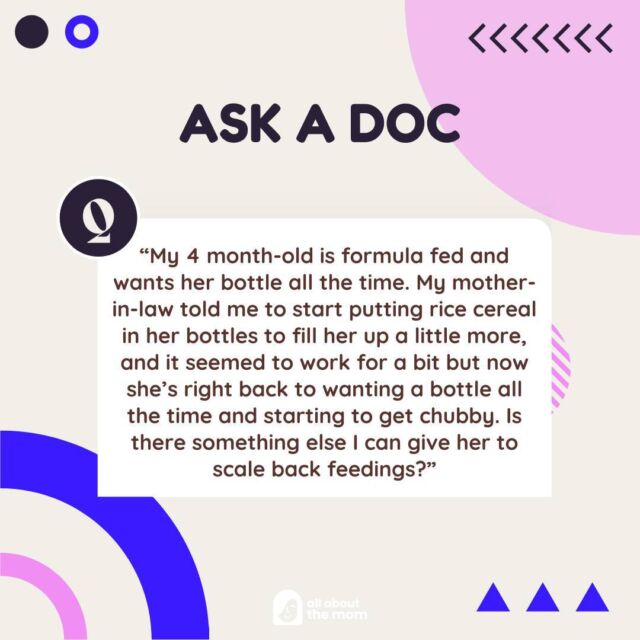Children need love and boundaries, nurture and structure! Gentle parenting is high on both. Gentle parents strive to set limits and hold boundaries (even when the child is upset or distressed at not getting their own way). Gentle parenting recognizes that often it is not that the child “won’t” but that the child “can’t.” Gentle parents seek to identify a gap in their child’s understanding or skill development and to work with the child to teach socially appropriate alternatives. Most “gentle parents” recognize their role in disciplining is to teach their child without shaming, threatening, or punishing them. There can be confusion about what constitutes a punishment or how to set limits without them sounding like threats.
Punishment is defined as something that occurs after a behavior to reduce the likelihood of it happening again. Positive punishment is easier to recognize as it involves doing something the child finds unpleasant, like spanking, yelling, or shaming. Negative punishment is a little trickier to identify as it involves taking away something from the child that they like or enjoy. Time out can be considered a punishment as the child is removed from a situation, and interaction is withdrawn from the child in the form of isolation. Other punishments might include taking away a toy, canceling a fun trip, or denying the child iPad time later in the day. Parents use punishments in a desperate attempt to stop a behavior, to try to teach their child a lesson.
Let me give you an example of discipline using gentle approaches rather than punishment:
Your older child snatches a toy from their younger sibling. The younger sibling starts to cry. Shaming might sound like, “What is wrong with you? She’s only little. That was mean!” Threatening or punishment might sound like, “That’s it! I’m taking away your screen time today. No TV!”
A gentle approach might acknowledge things from the child’s perspective and identify any gaps in their development where we can skill-build or teach. It might also seek to identify what is beneath the child’s behavior.
That might sound like this:
“It’s not okay to snatch. If you want a toy another kid is playing with, what can you do? Exactly, you can ask for a turn. Do you notice how your sister is feeling? What needs to happen next? Thank you for giving her the toy back. I get it; having a little sister can feel really annoying sometimes.”
Of course, it will not always go that smoothly (!), but it hopefully gives you an idea. In essence, gentle parenting welcomes emotions, holds boundaries, sets limits respectfully, and recognizes that children need guidance to navigate societal expectations.

















